What is balance? [Pt 1]
![What is balance? [Pt 1]](http://thefootcollective.us/cdn/shop/articles/The_Barefoot_Life_Blog_Banner_5_a0a43df0-7df3-45b5-bec5-c918c1667e86.png?v=1690272075)
Every fundamental human movement requires balance - without it we would be completely restricted to lying flat on the ground.
But what actually IS balance? How does it work and why should we care? This is what we’ll be exploring in this three part blog series.
Our balance system is wondrously complex, being made up of three primary subsystems:
-
Visual - light sensors in our eyes send information about our position in space
-
Vestibular - sensors in our inner ears provide information about the
-
Somatosensory - sensors in our skin, muscles, joints and nerves provide information about the position of our trunk and limbs relative to each other

All of these systems integrate with each other to give our brain an accurate picture of where our body is in space so that it can give the body the best chance of maintaining stability in whatever it is you’re doing.
It really is amazing what humans can do with their balance and movement systems with some consistent training - can you imagine any other animal learning to surf, slackline or ride a unicycle?

But this is not something we’re born with - we build our balance through years and years of constant trial and error while learning fundamental movement patterns like rolling, crawling, sitting, squatting and walking.
If you’ve ever had the privilege of watching a baby or toddler move around, you’ll have a sense of just how many errors it takes to get these basic movements right!

So our balance system is heavily influenced by the level of strength, mobility and coordination that we build up (or gradually lose) over time.
Without adequate mobility in our hips, knees and ankles, we will feel unbalanced in a deep squat, or any skill that requires that position.
Without adequate strength and coordination in our feet, we will never be able to express our potential for balance and efficiency in walking, running or jumping.

In order to best challenge our balance system, we need to integrate all these aspects of movement, in various tasks and environments, in both a playful and progressive way.
But why should we do this? What are the benefits of training our balance system and what are the risks of ignoring it? Stay tuned for Part 2!




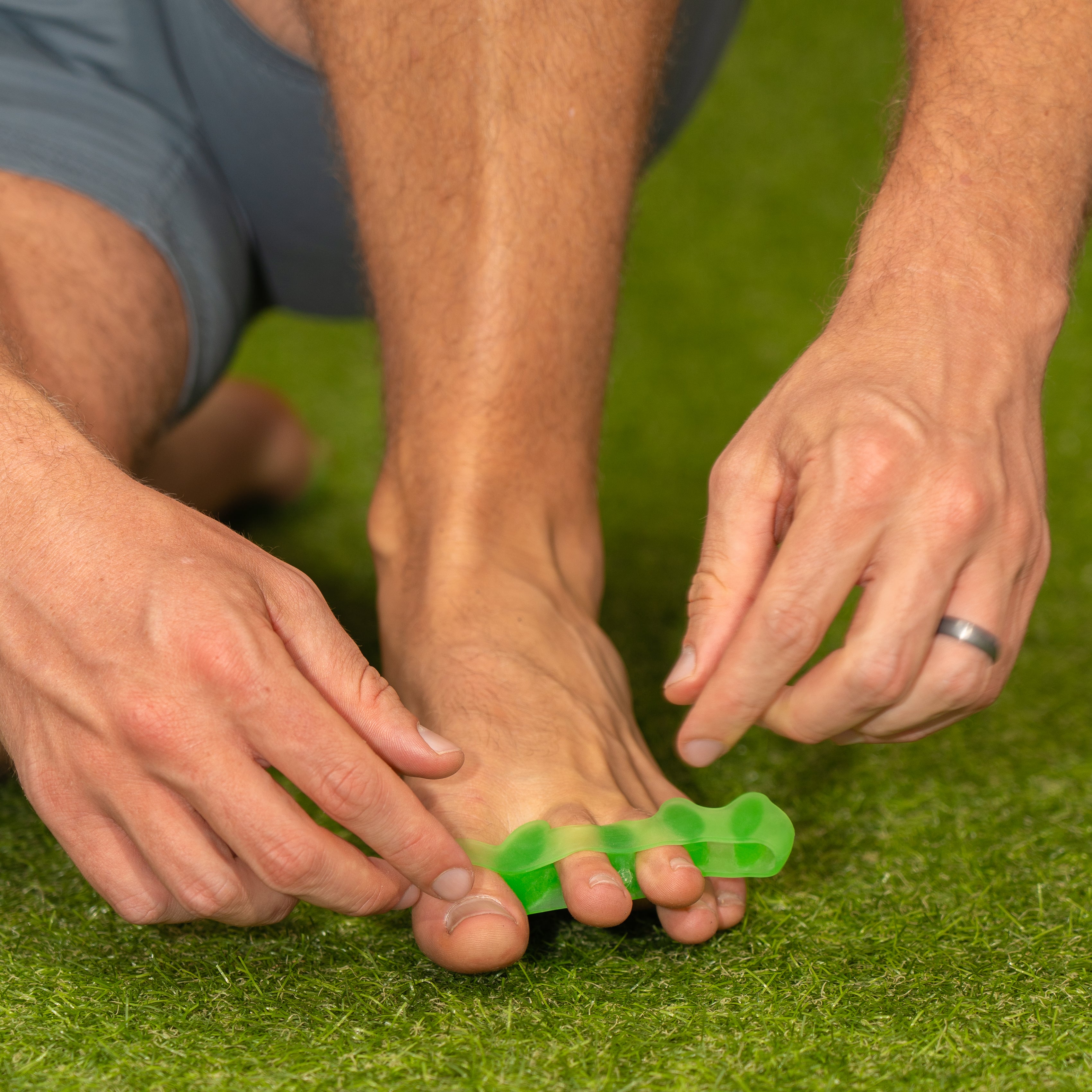



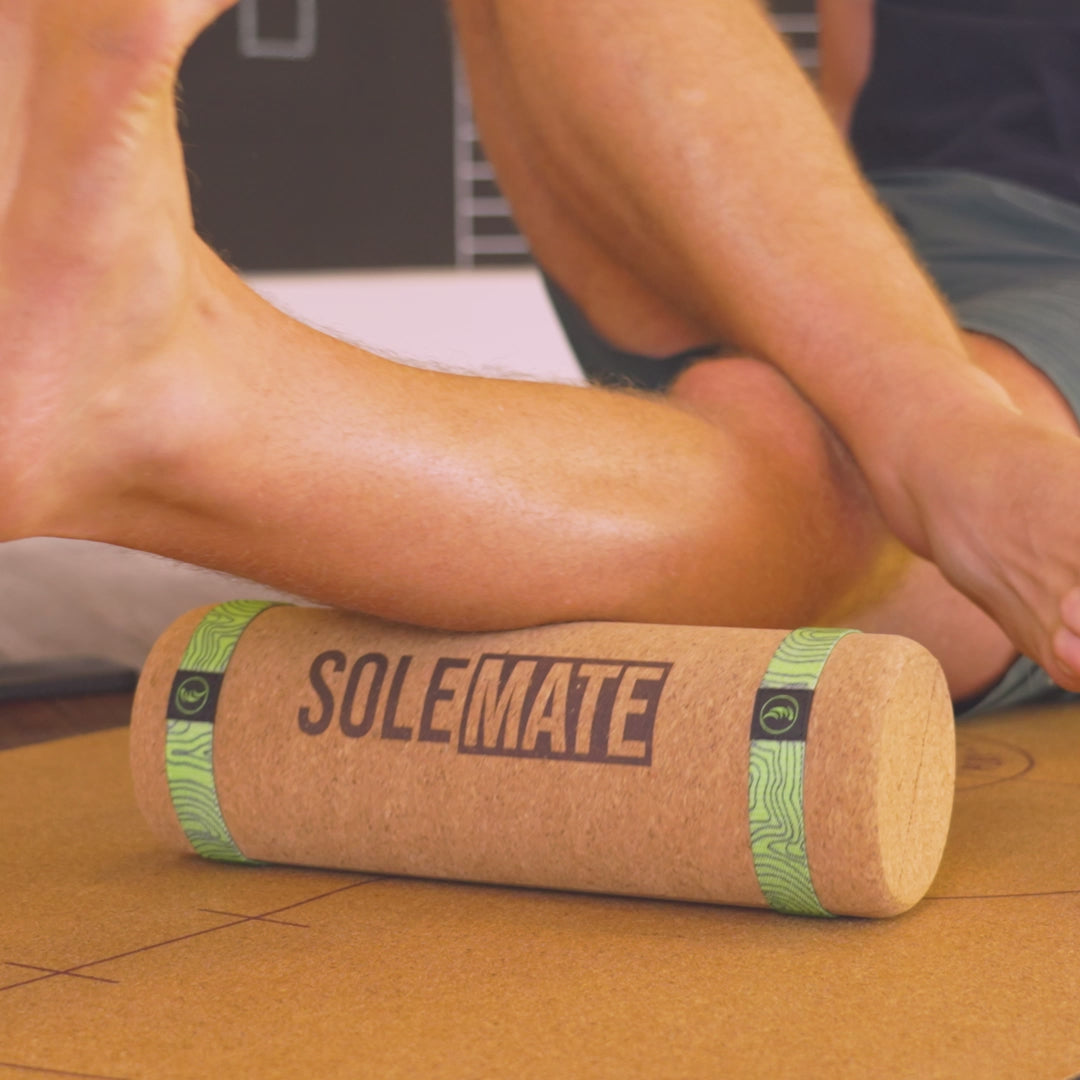






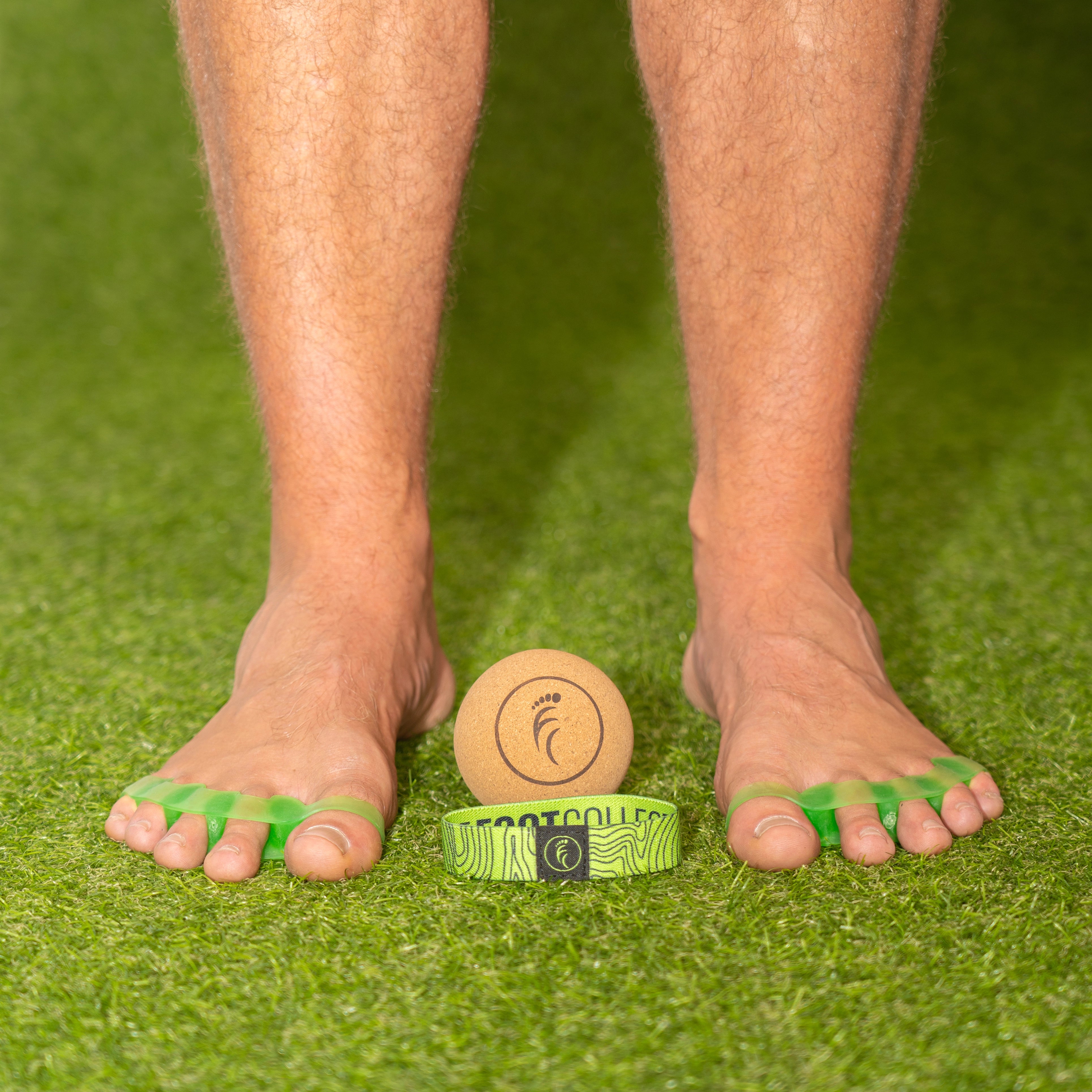
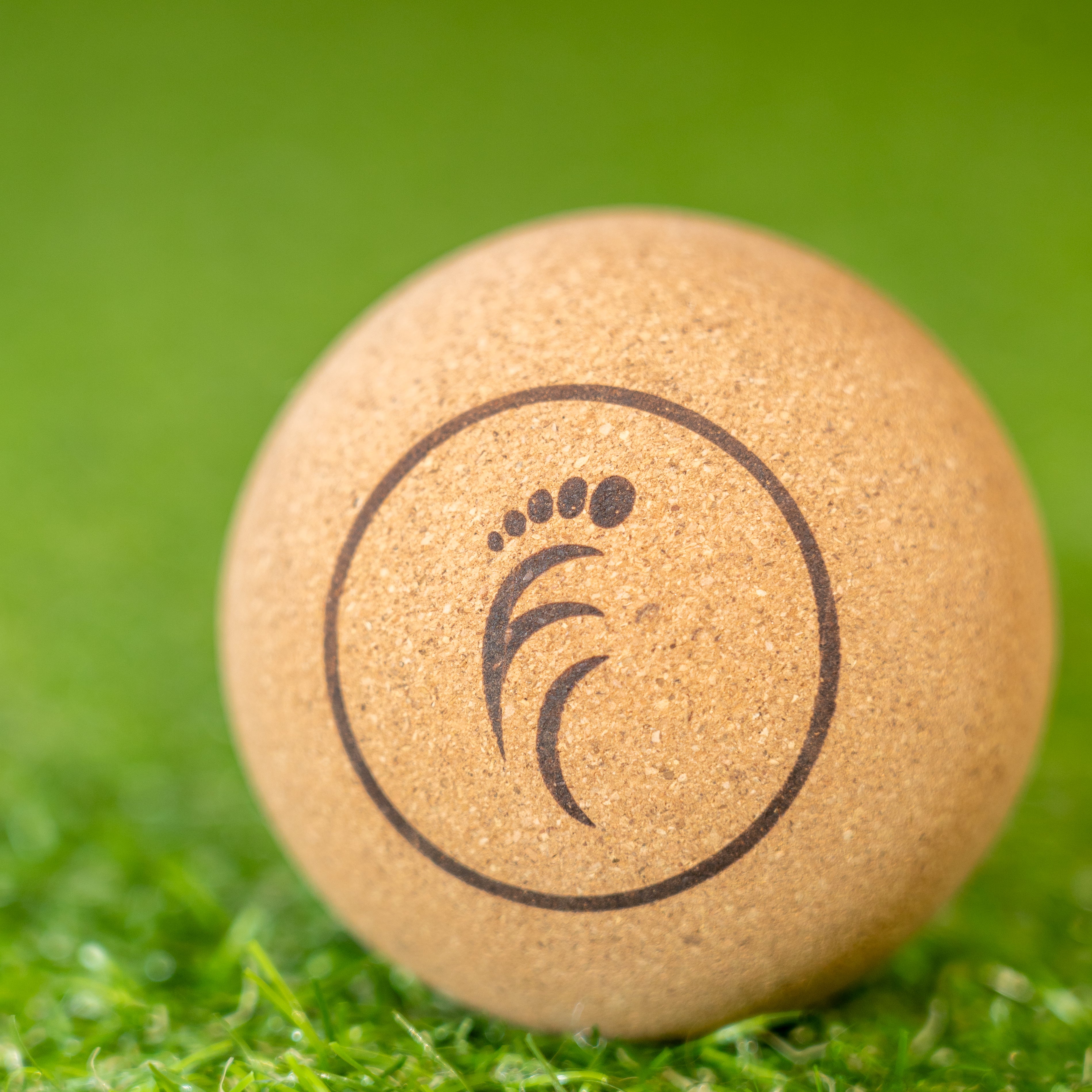
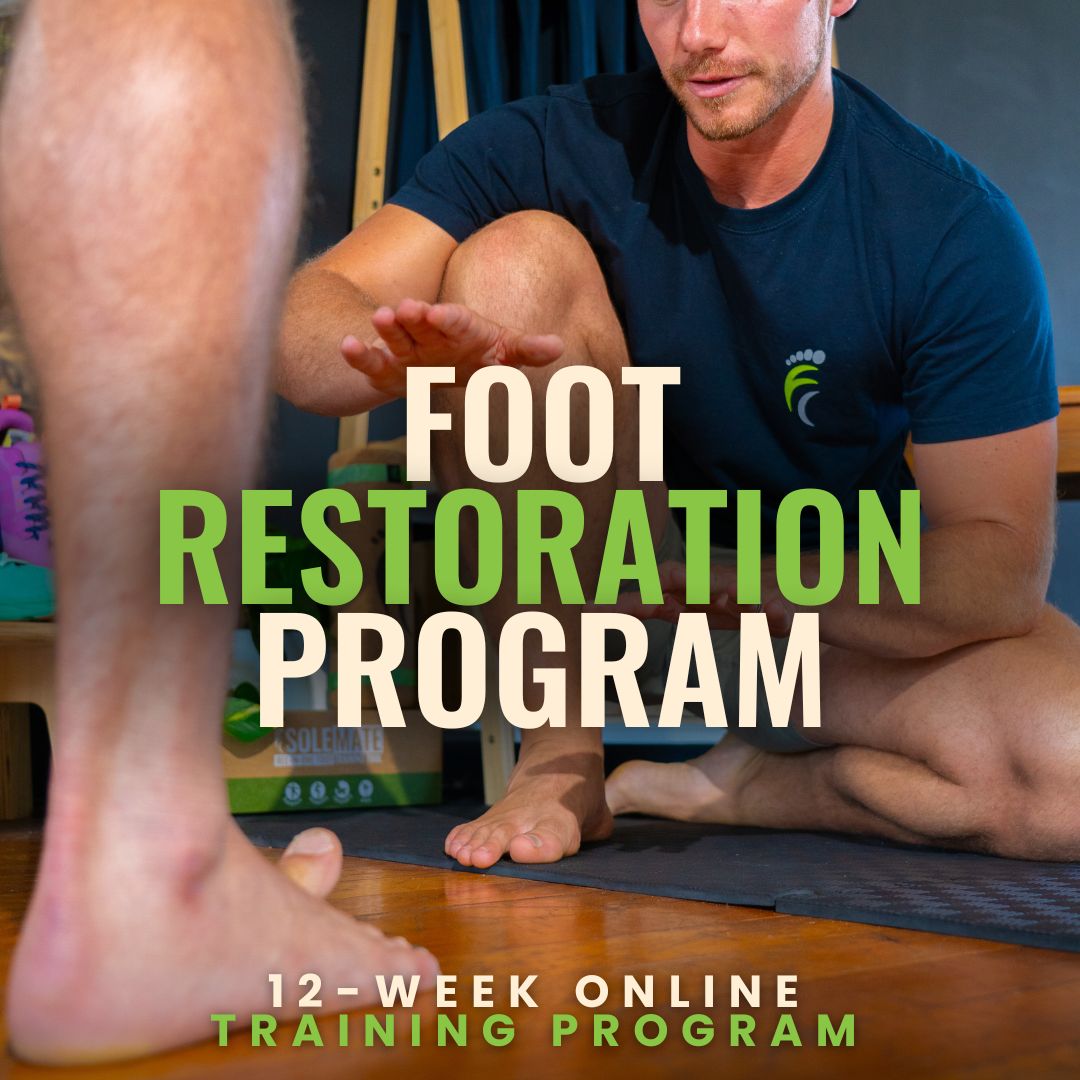
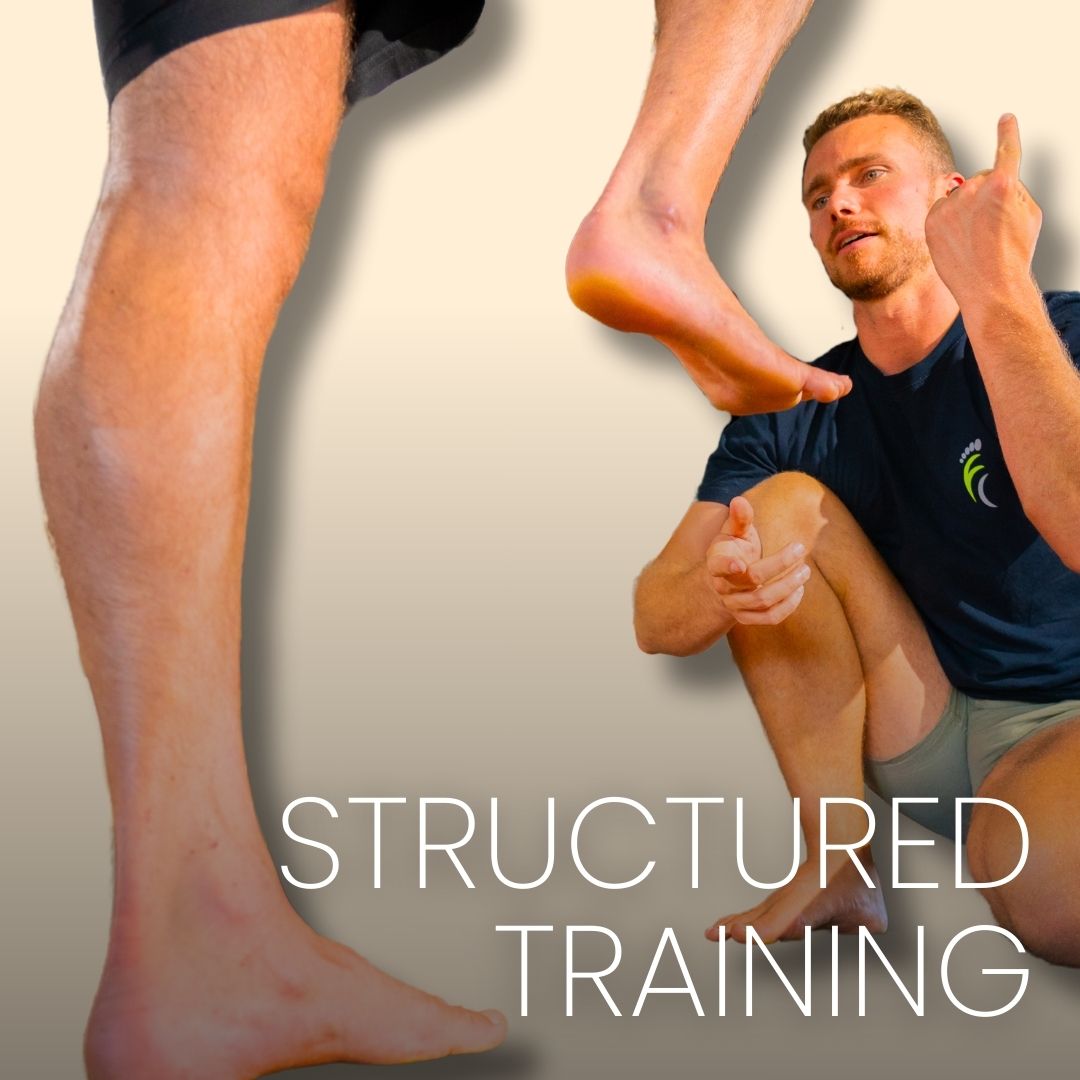



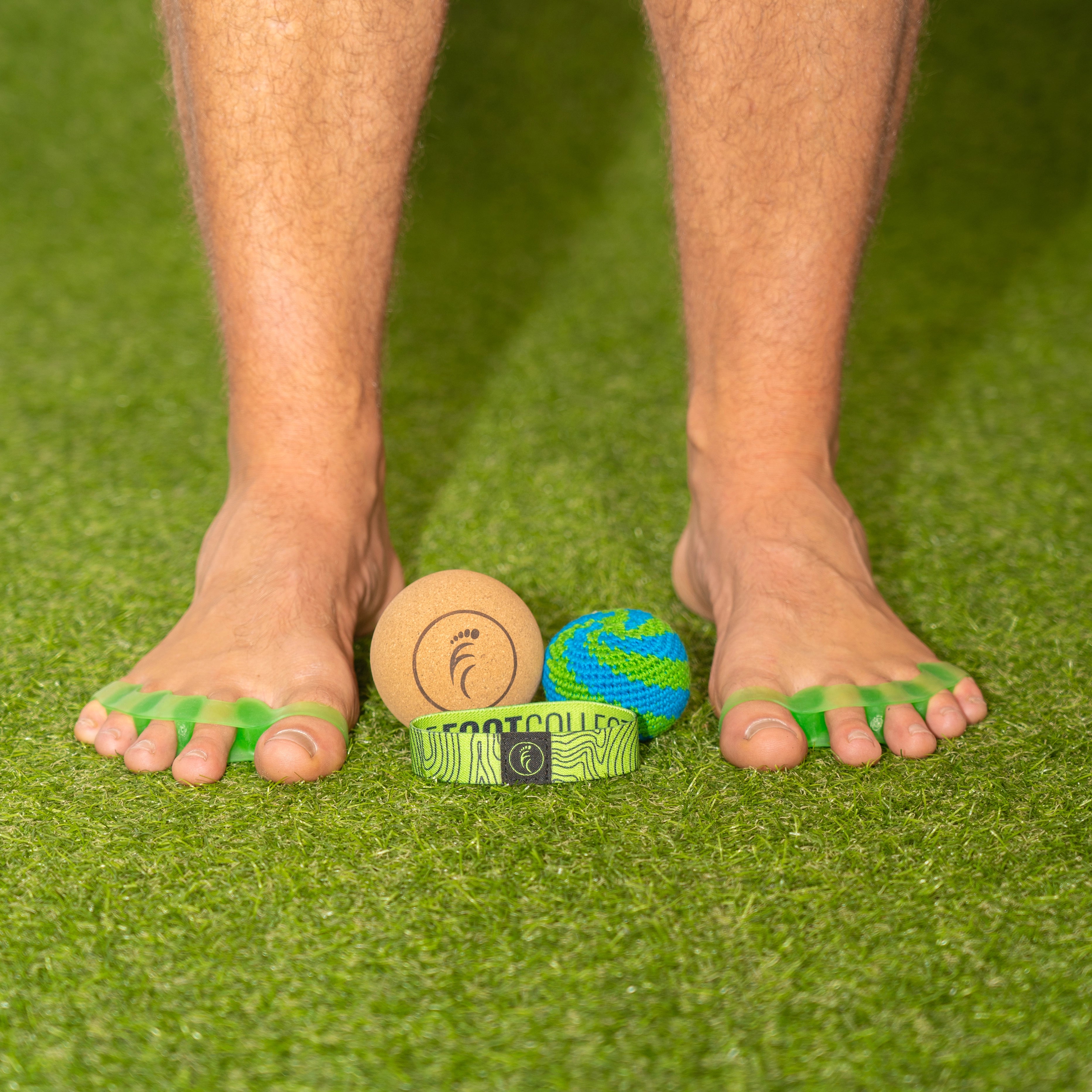
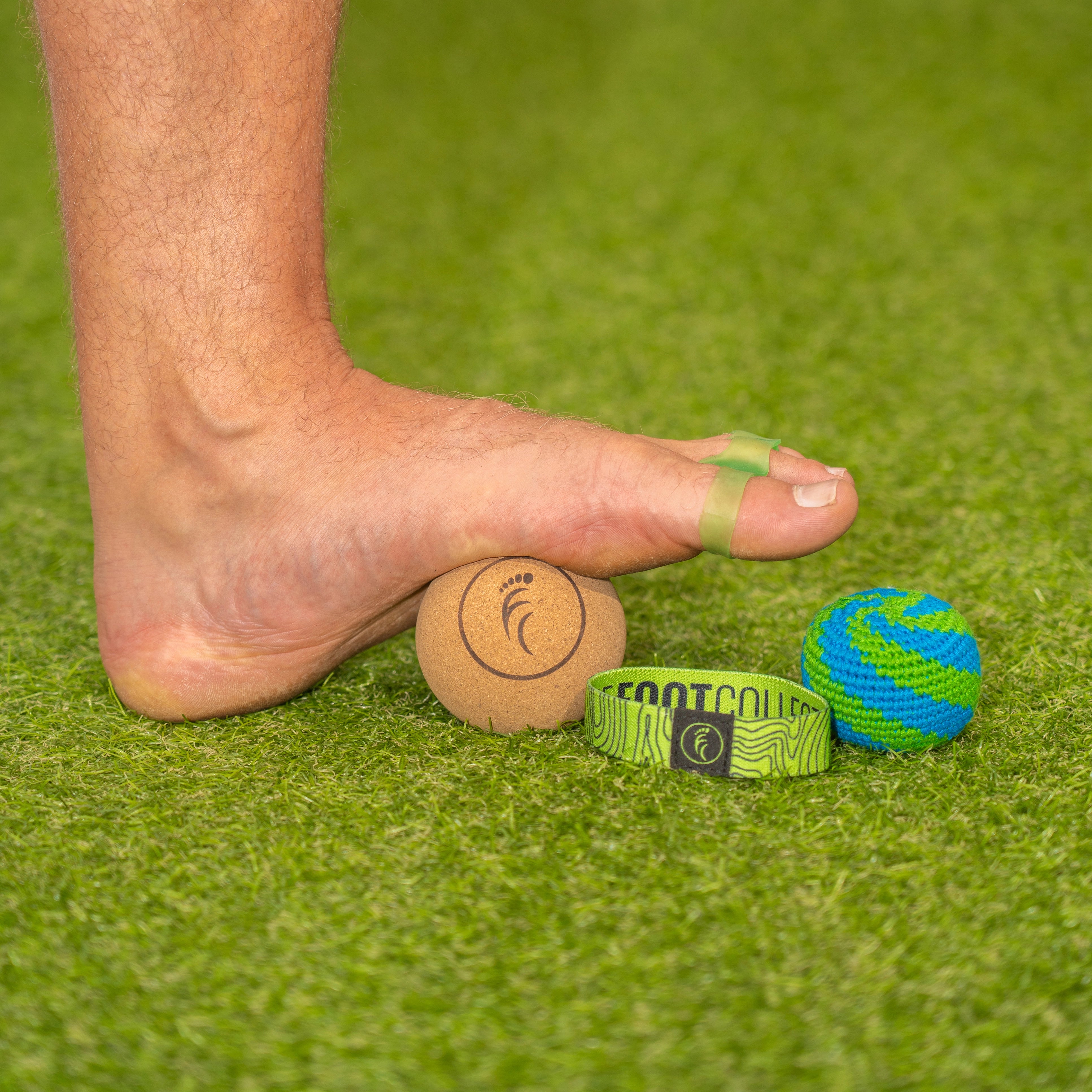
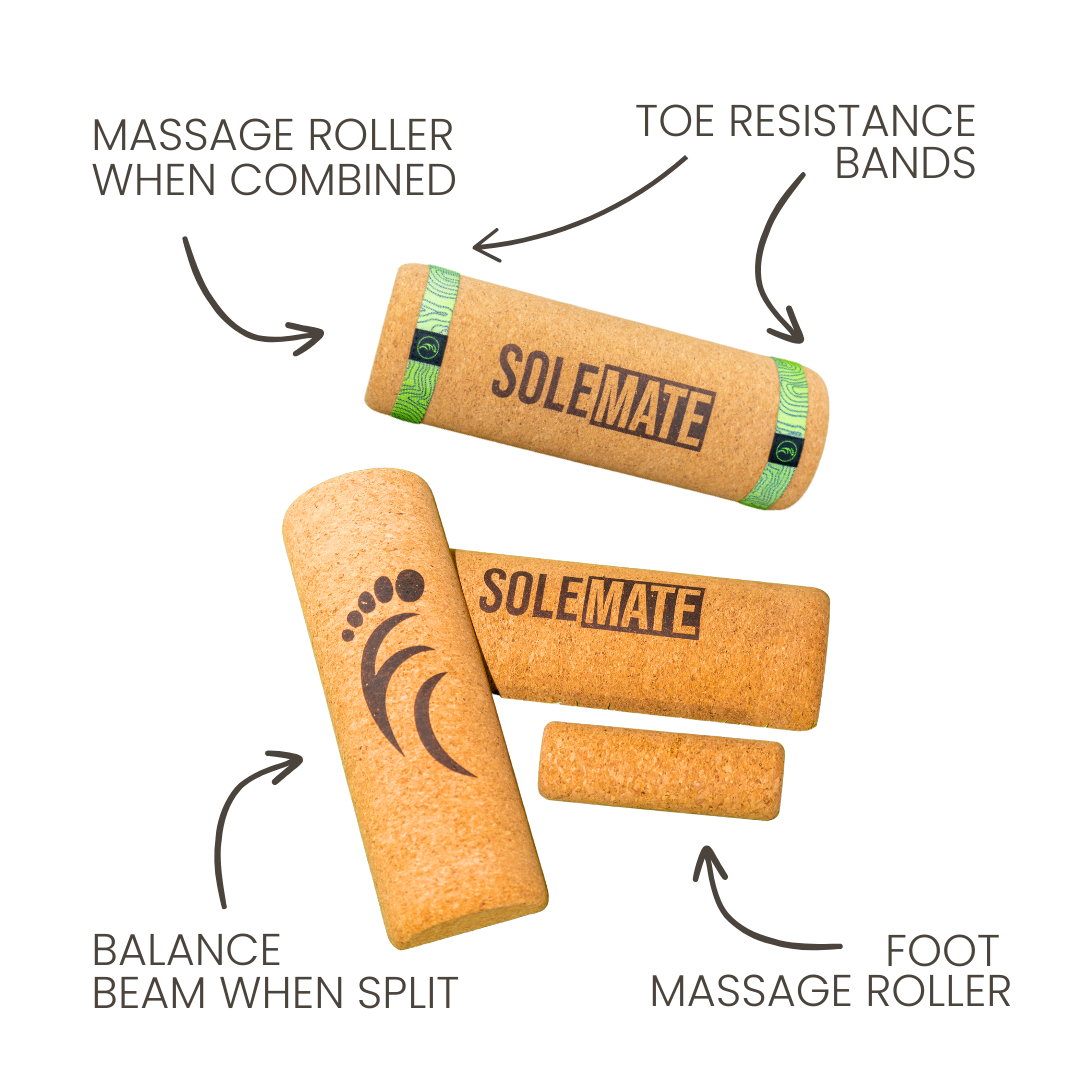
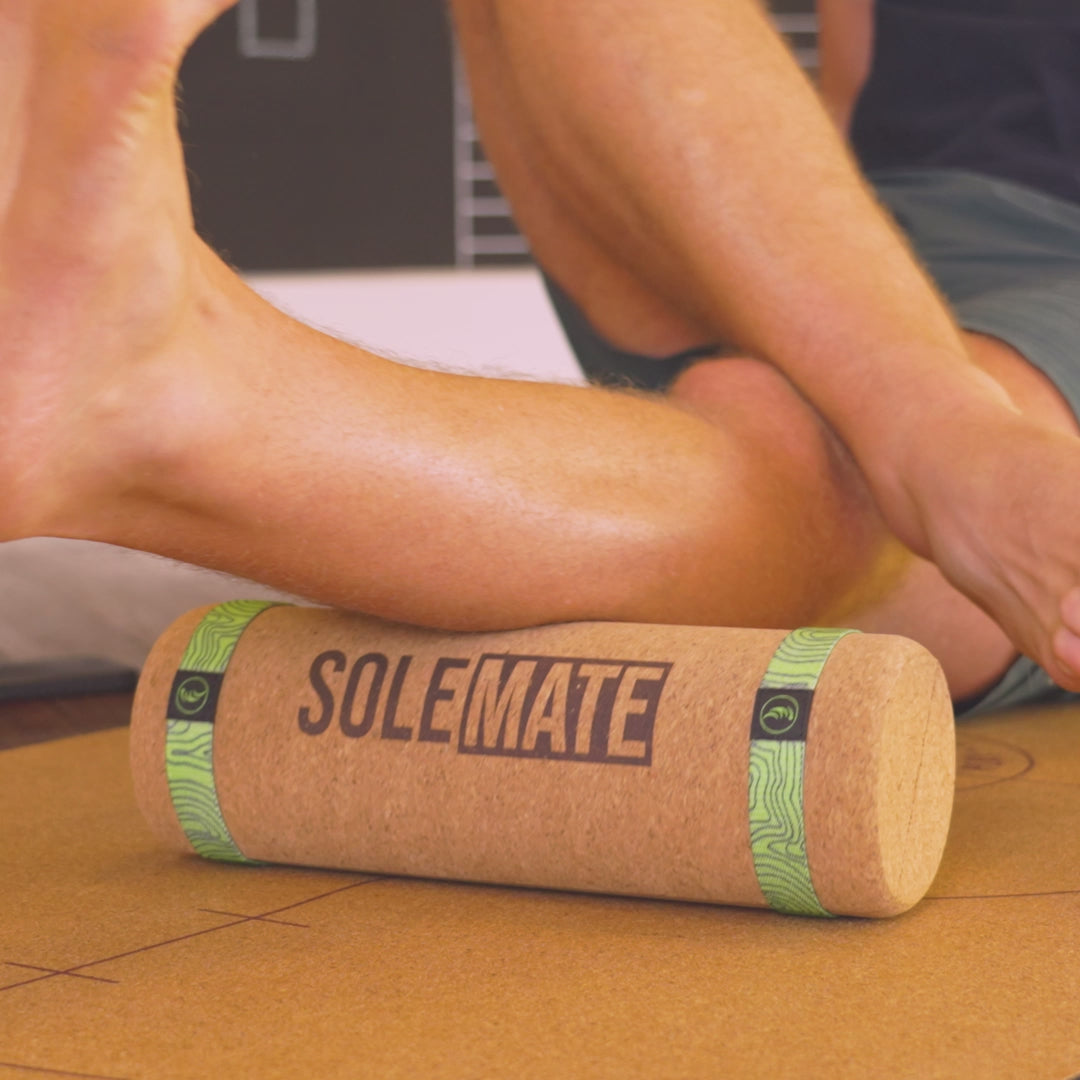



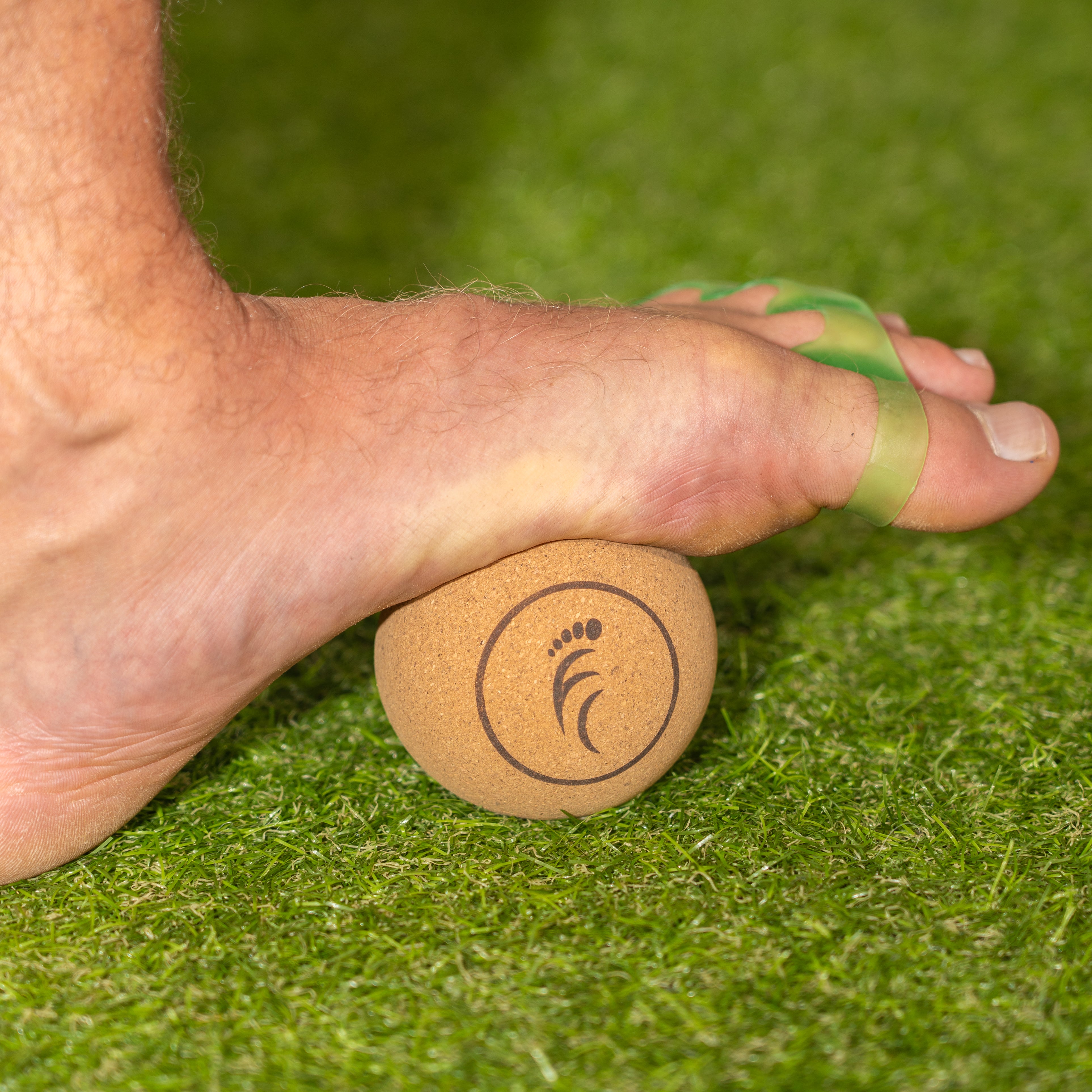
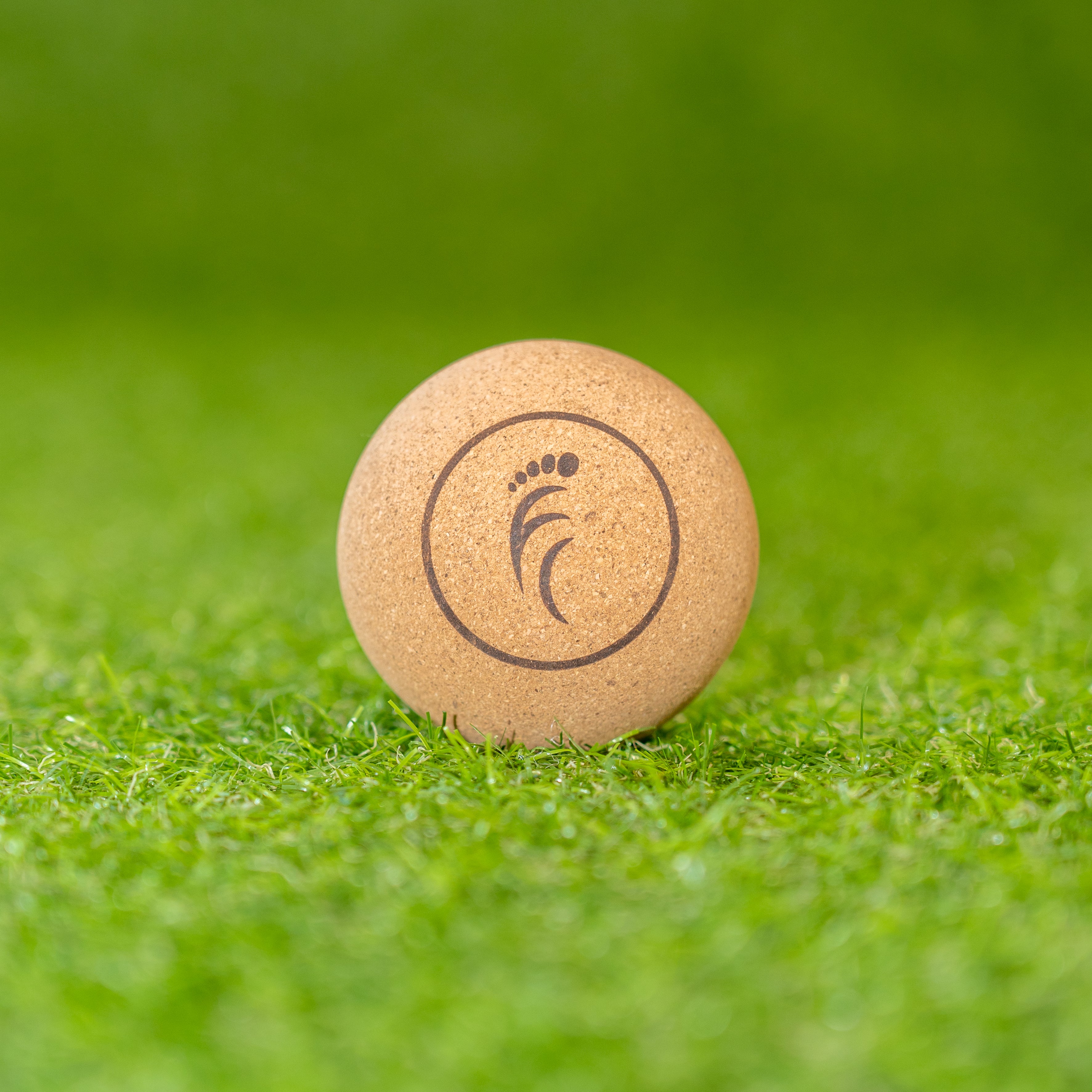
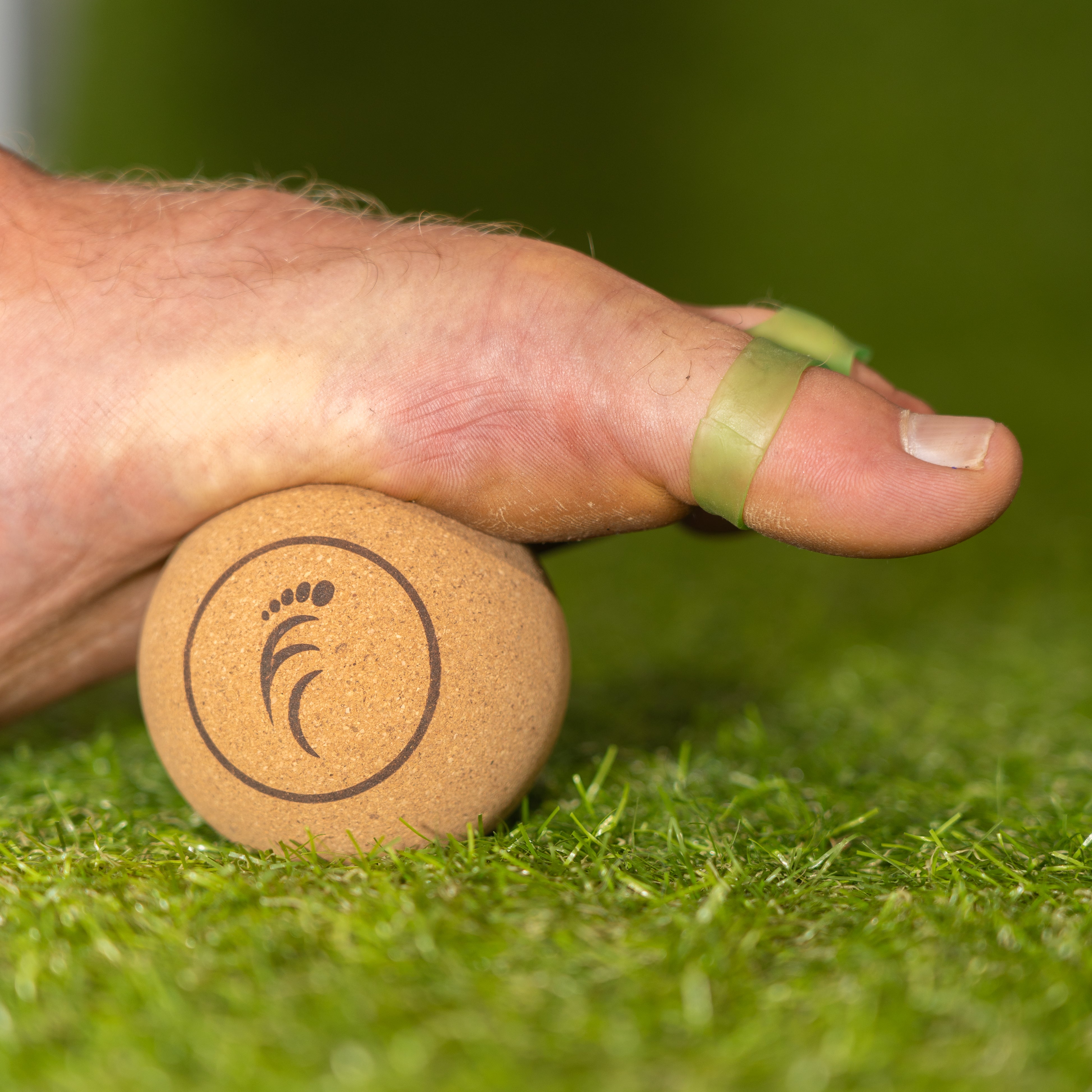
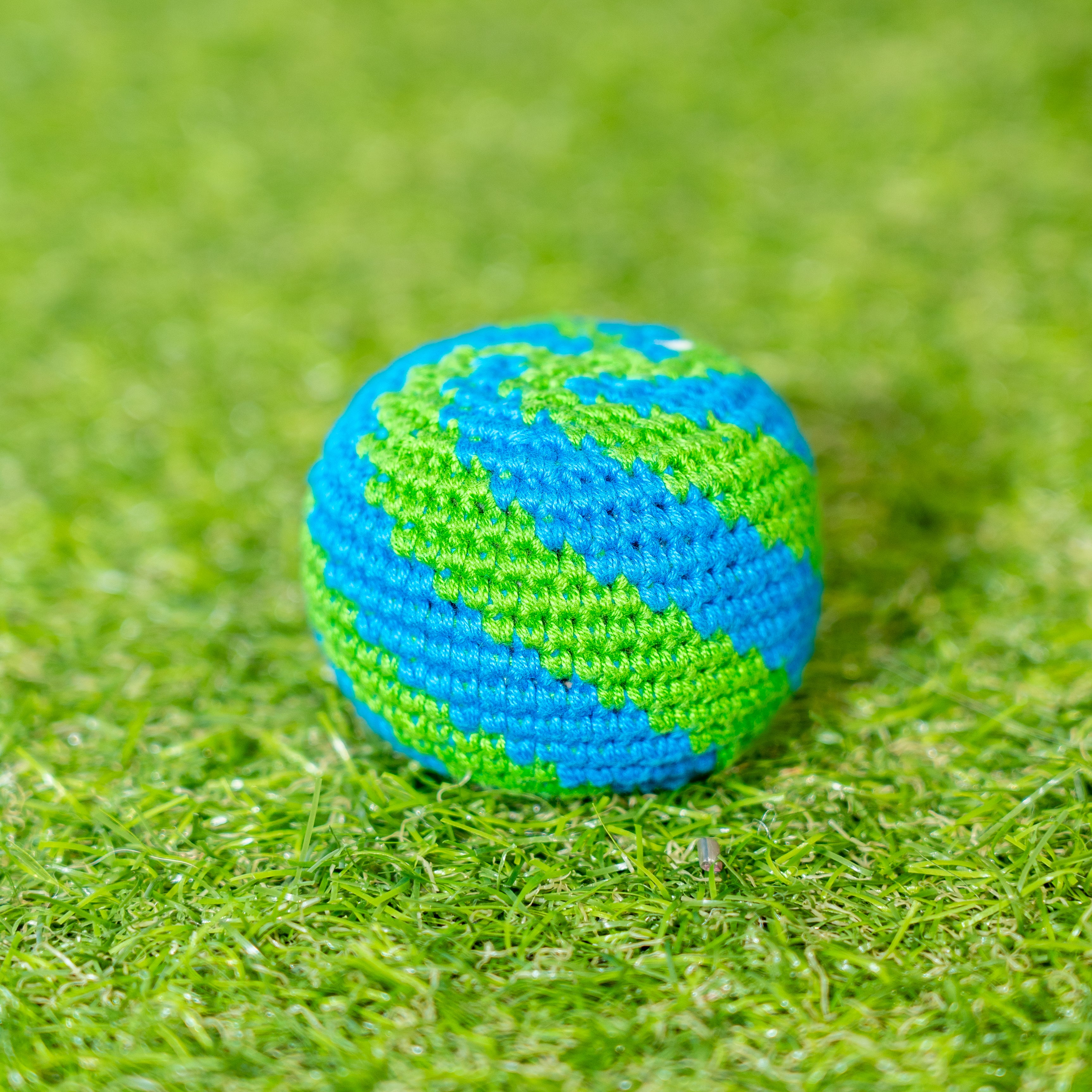
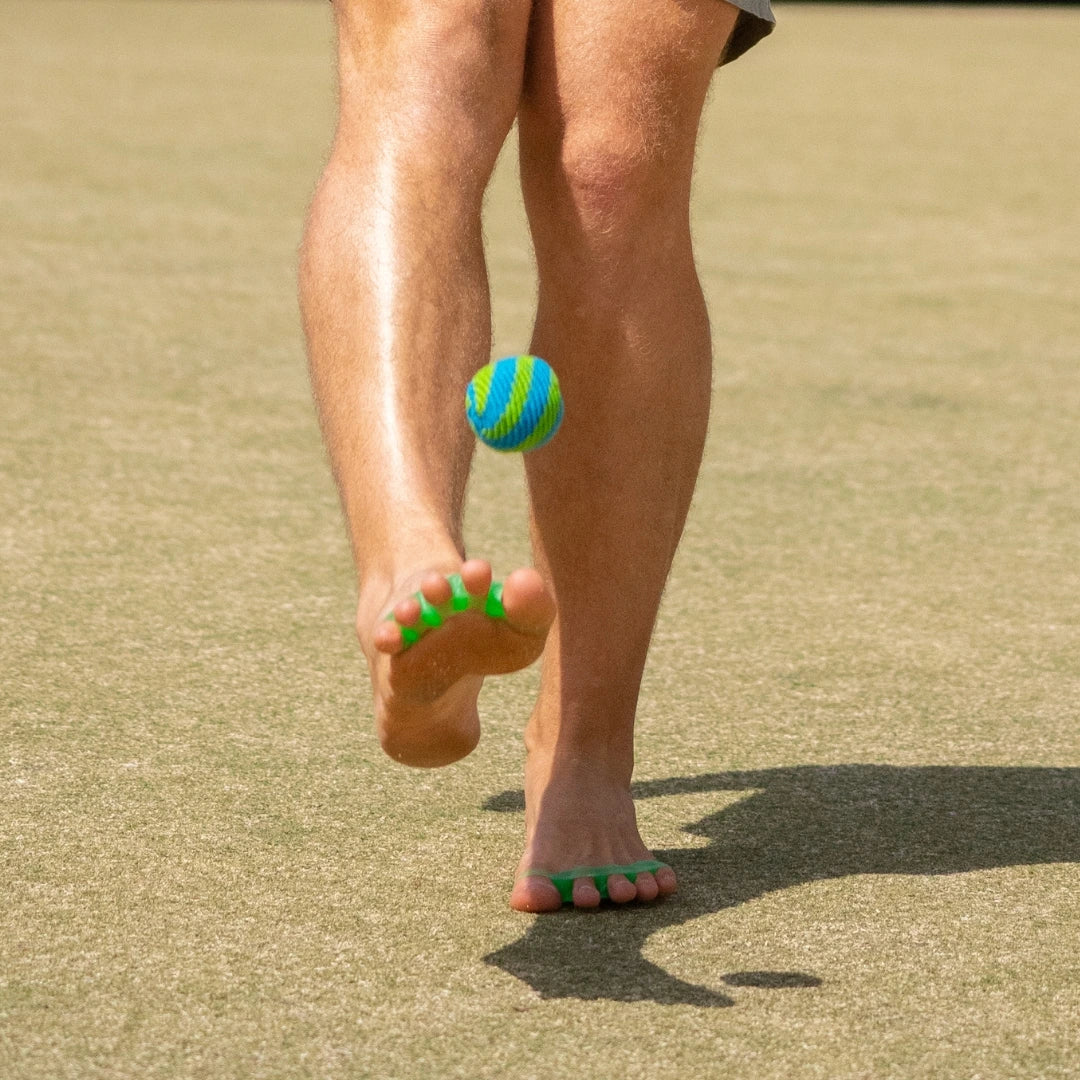
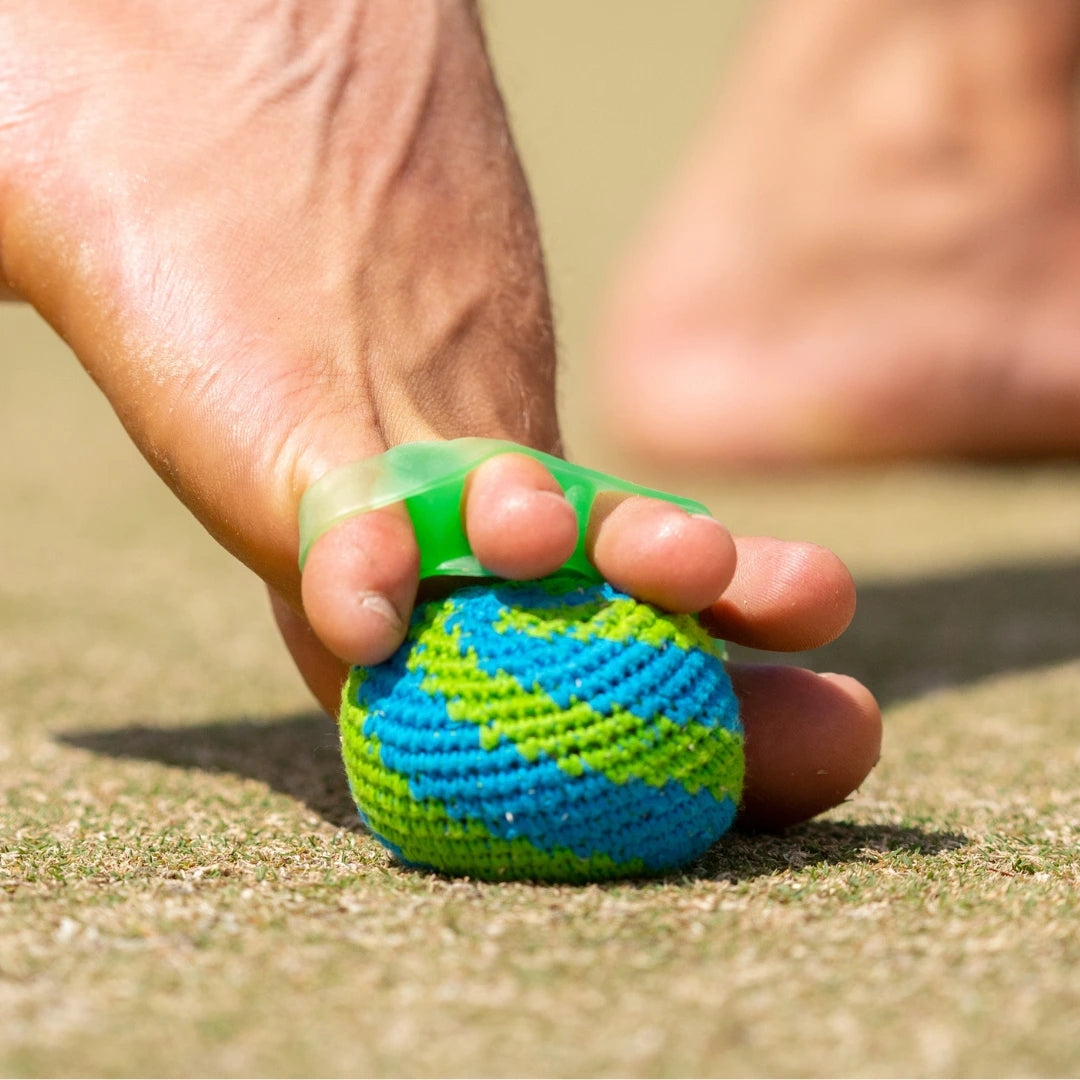
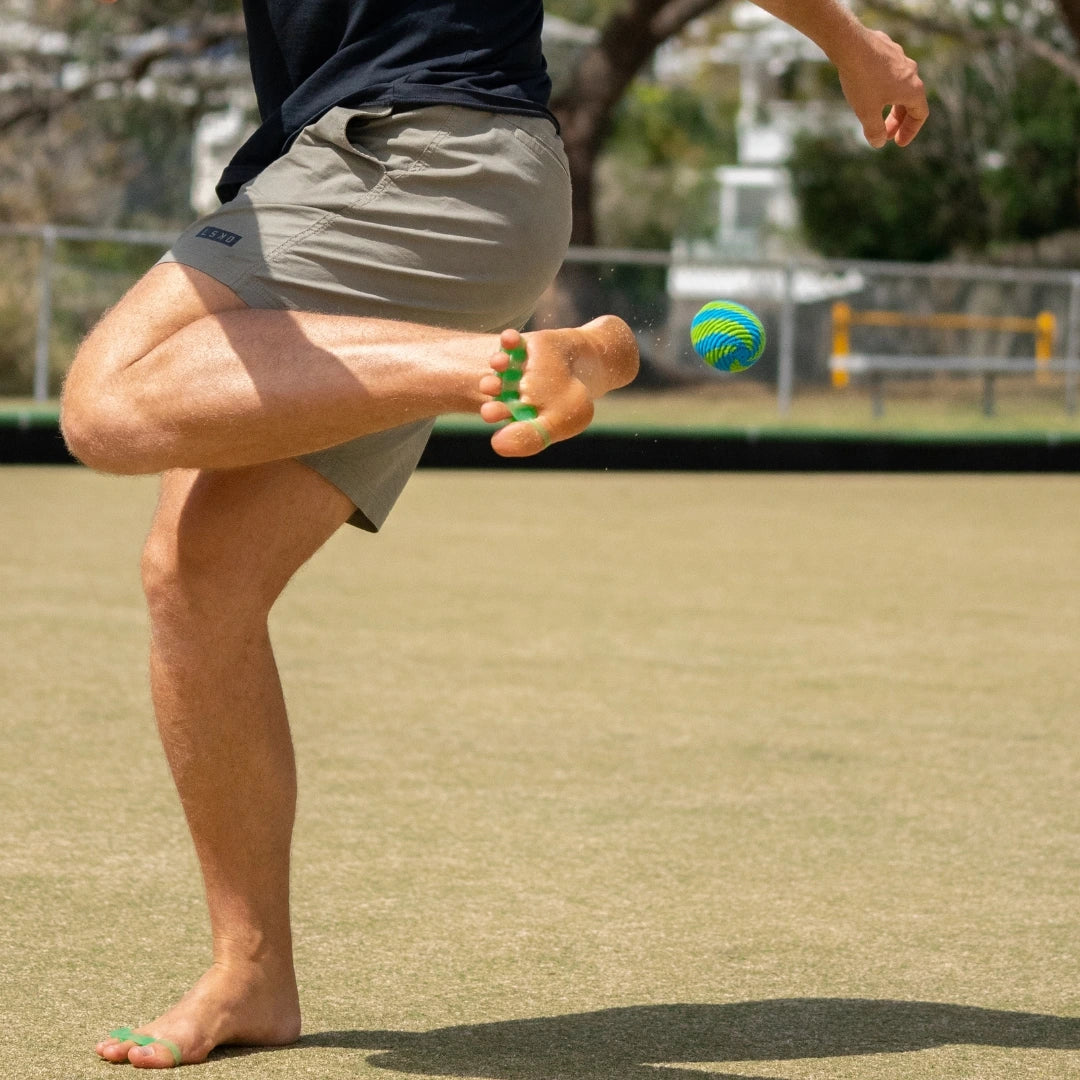
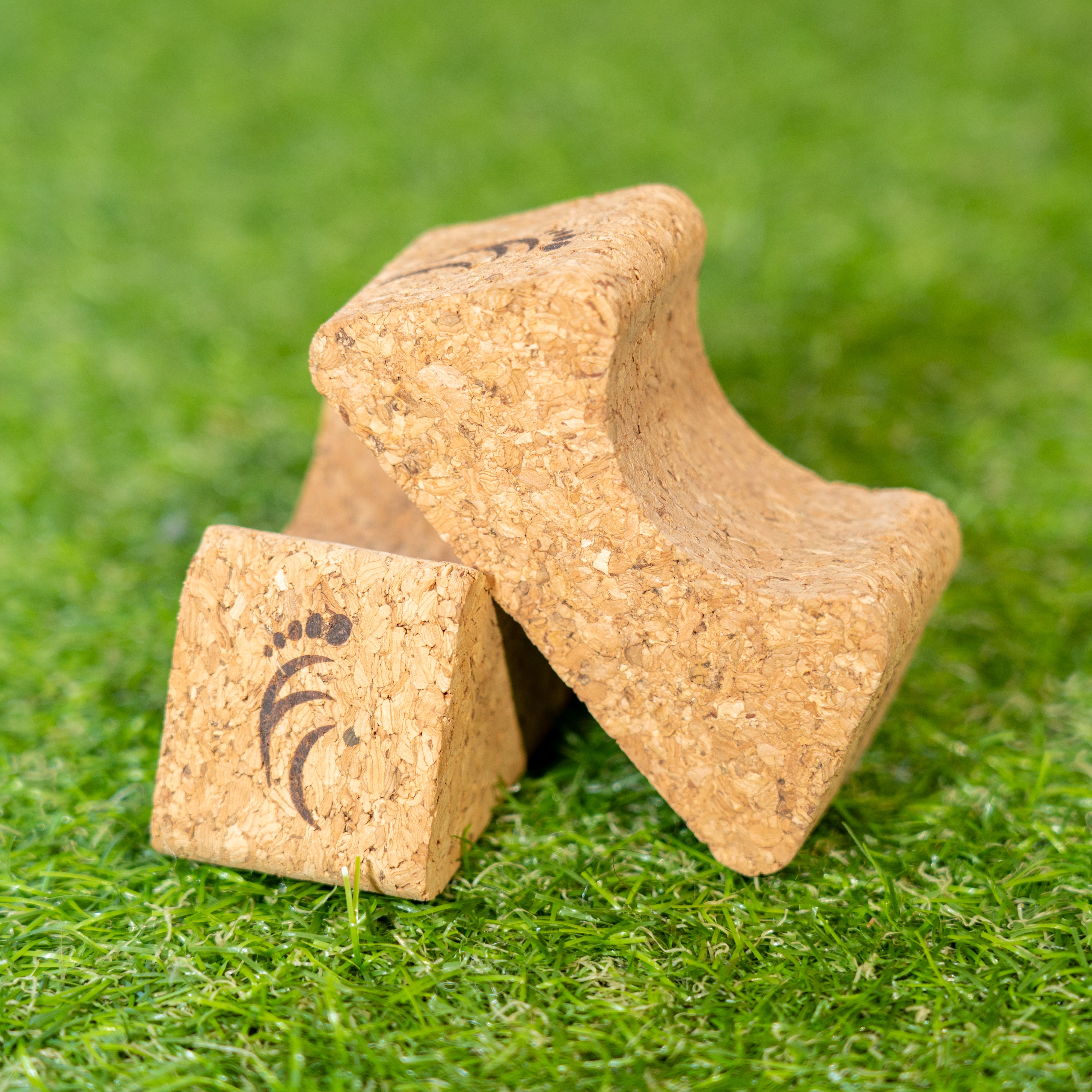
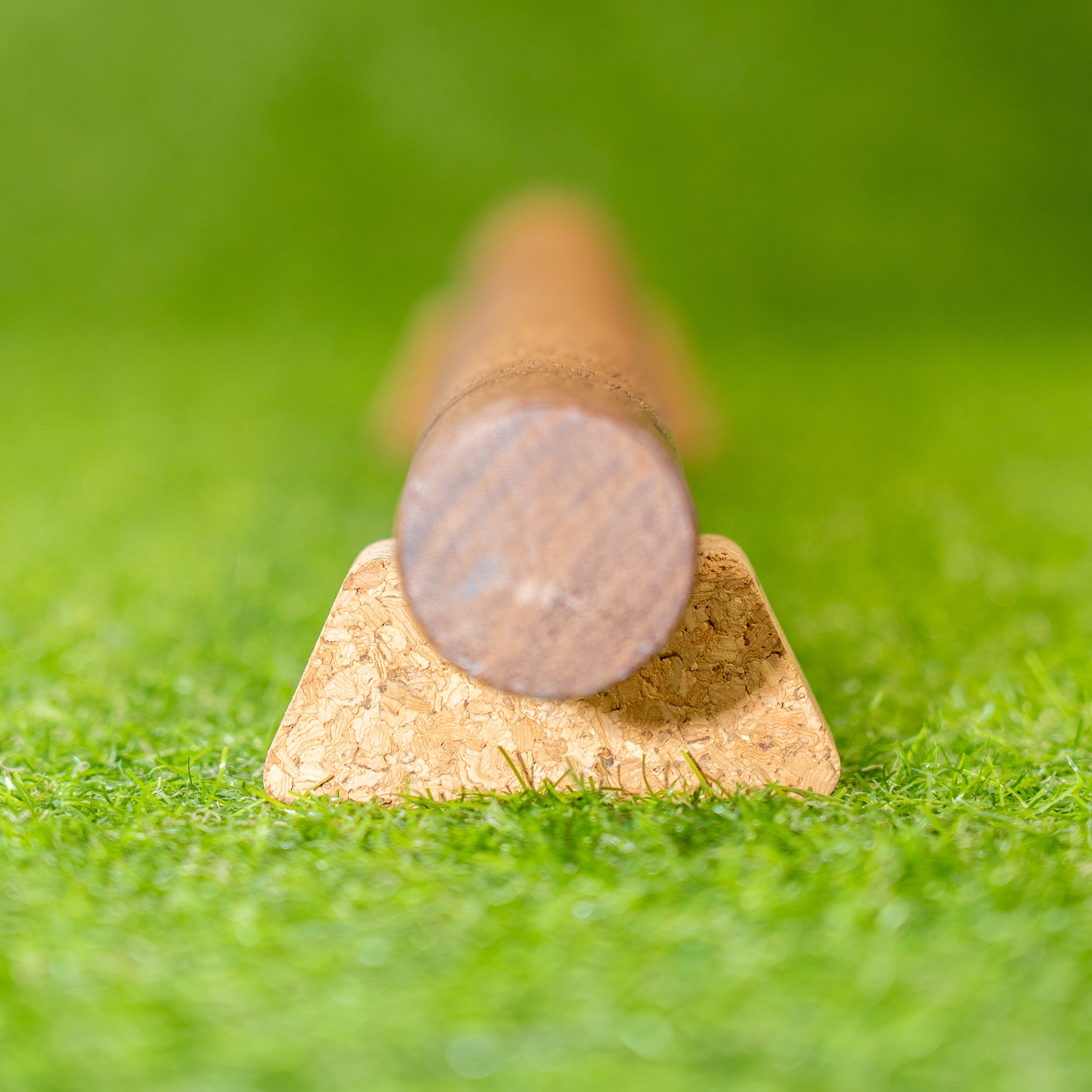
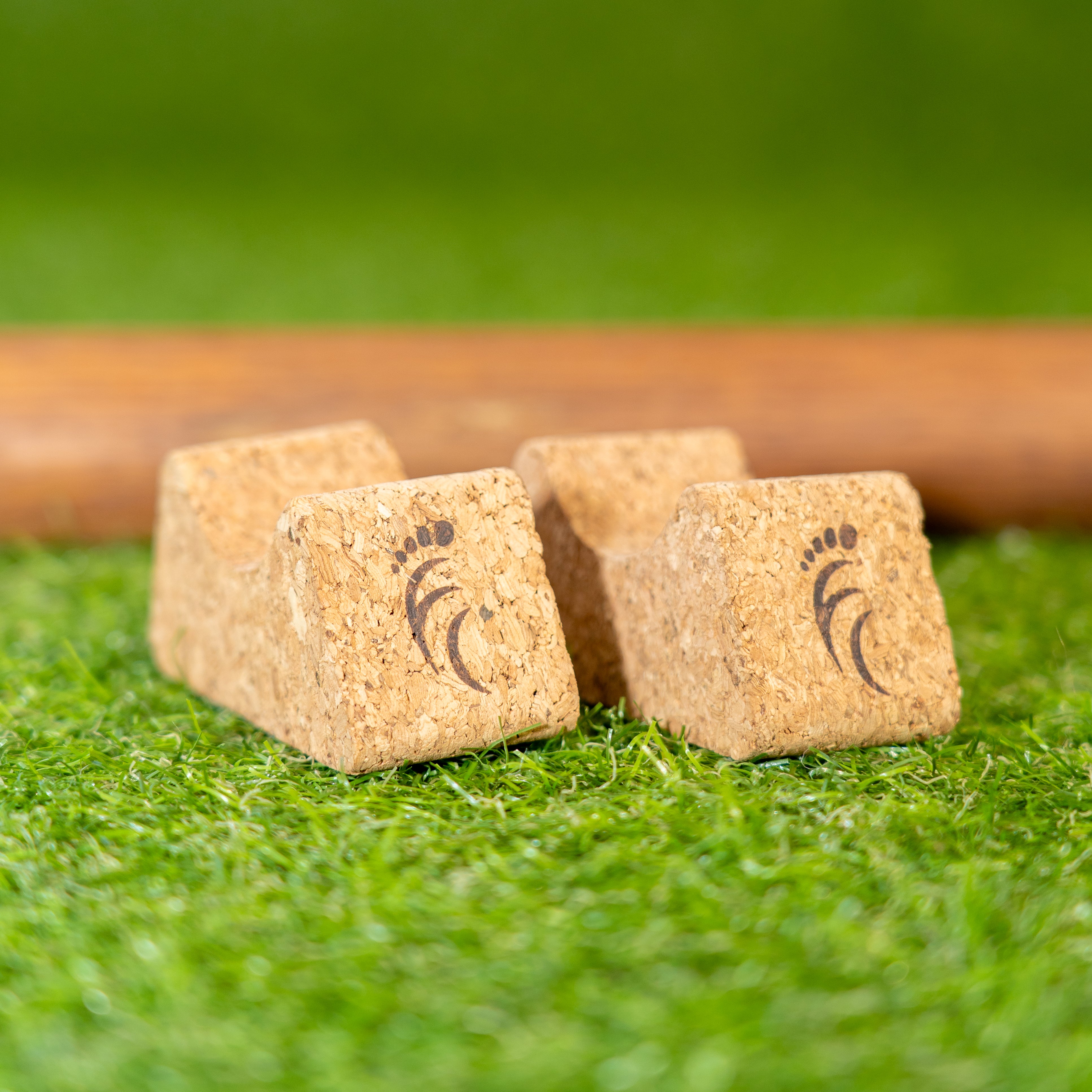
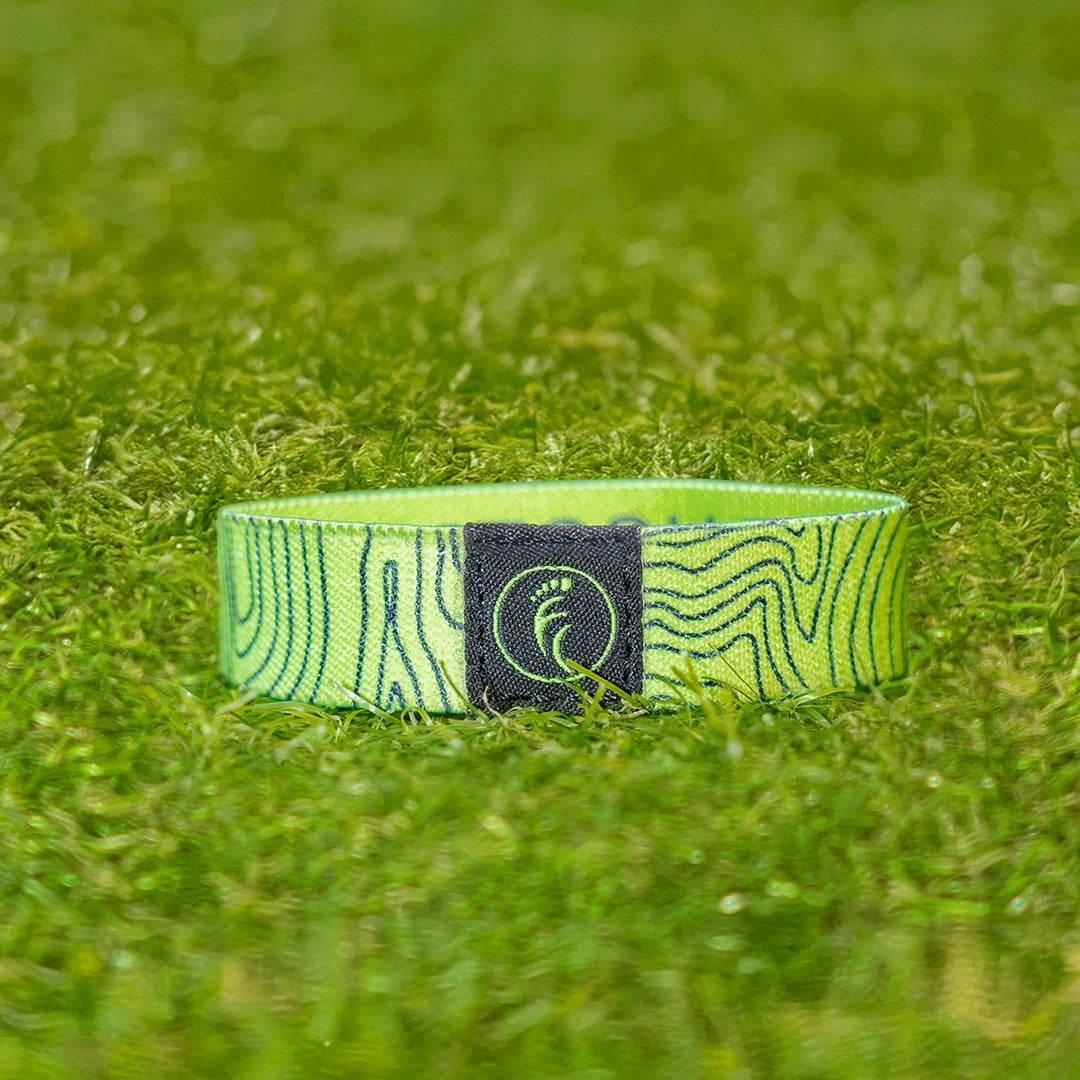
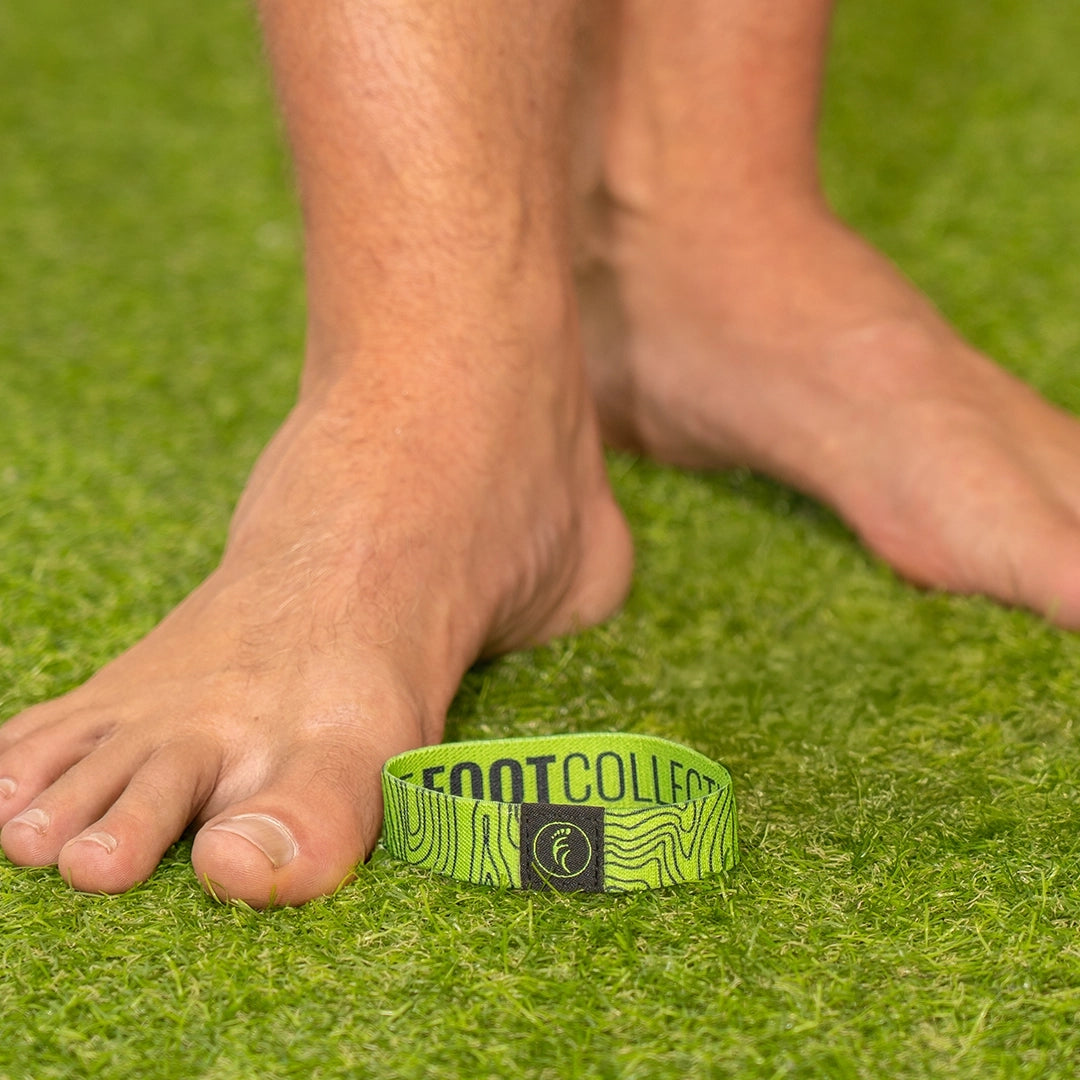














Leave a comment